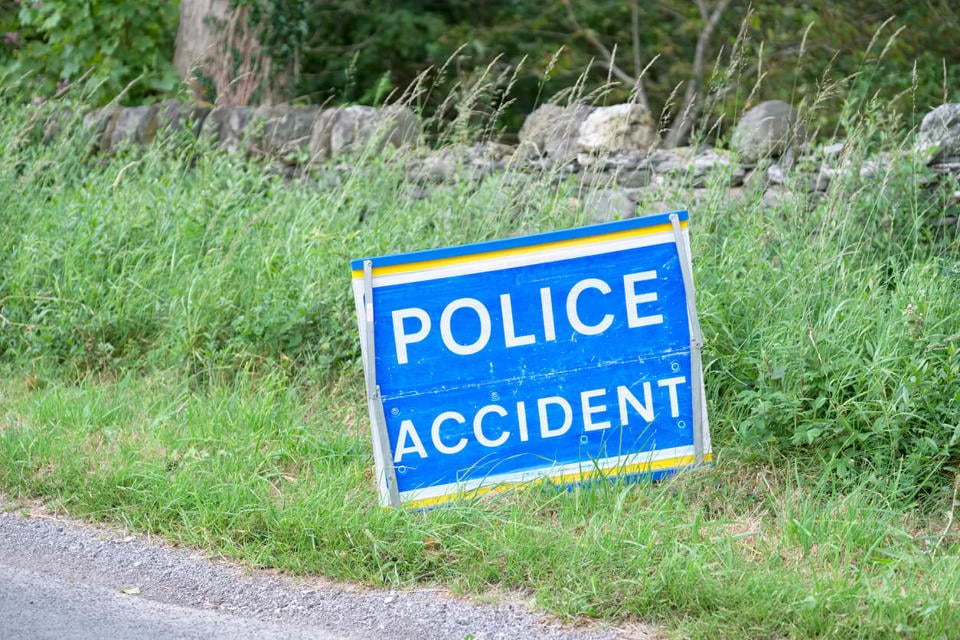Two-thirds of all pedestrian deaths occur on urban roads and the greater number of last-mile delivery vehicles and electric vehicles (EVs) are likely to increase that risk, Red Corporate Driver Training believes.
There are more than twice as many pedestrian deaths on urban roads than any other, and six times more serious injuries, according to newly published Government data.
Over the past five years, there has been an average of 421 pedestrian deaths per year, with nearly 300 of those on or around urban roads.
There was an average of 7,200 seriously injured annually too – of which a startling 86%, equating to around 6,200, were in towns and cities.
The number of killed and seriously injured dropped in 2020 and 2021, as lockdowns reduced the volume of vehicles and pedestrians, and while Red Corporate Driver Training hopes that numbers keep falling, it believes that the increase in last-mile deliveries and EVs poses a major risk, and that without proper education and training, these numbers may rise again.
Seb Goldin, Red Corporate Driver Training CEO, explained: “The delivery market has boomed in the past few years, and there has been a race to sign up as many drivers as possible and to maximise the number of drops, and our concern is this will lead to lower standards of driving which results in more accidents.
“Many companies are turning to electric vehicles for their last-mile service too. It’s undoubtedly a good thing in urban environments, because they reduce pollution from noise and emissions. But as always, there are some drawbacks we need to address, and one is pedestrian safety.
“The Department for Transport figures on the number of pedestrians killed and injured are quite shocking, and our concern is that as the number of near-silent EVs increase, the figures will start to climb again.”
There are a number of issues involved in why this may happen without interventions, Red believes.
Statistics show commercial vehicles over 3.5 tonnes pose a far greater risk of fatality to pedestrians: in the past five years, nearly 300 fatalities have involved heavy commercial vehicles – accounting for 16% of all deaths despite far fewer miles driven.
Goldin said: “Our concern is that EVs are often heavier and vehicle weight clearly has an impact on KSI numbers.
“So we believe that more needs to be done to ensure that the growth of commercial vehicle traffic in urban areas doesn’t put more pedestrians at risk.
“This means training commercial vehicle drivers in the art of driving in urban centres: how to position themselves to be seen easier, to predict pedestrian behaviours better and to stay alert. Also, we believe the fitment of ADAS and warning technology is crucial to solving this problem too.”
Pedestrian error – failing to look, see, carelessness or appreciating vehicle speed – was the contributory factor in nearly 23,000 KSIs in the past five years
Goldin continued: “The most common contributory factor in fatal or serious collisions between pedestrians and a vehicle was ‘pedestrian failed to look properly’.
“Near- silent EVs, operating in urban environments, will not help reduce this factor, because as our experience of training has found, many people crossroads using their hearing, rather than looking properly.
“Anyone who has driven an EV in a town or city will have experienced sitting behind a pedestrian wandering along, oblivious to the vehicle behind them. And this is only likely to become more common.”
Driver error was a contributory factor in nearly 18,000 KSIs since 2016, and Goldin believes more training of urban drivers is needed, particularly when they are at the wheel of EVs.
“Bringing these shocking numbers down needs more awareness and training on all sides: drivers, especially those in commercial vehicles spending much of their time in towns and cities,” explained Goldin.
“Drivers need to be trained in new techniques to limit the risk to themselves and pedestrians, such as focusing on concentration, anticipation and observation in these urban environments and discovering how to professionally assess the risks ahead using hazard prediction training, while still making good progress.
“But pedestrians are part of the solution too. I suspect the majority don’t know the new Highway Code rules on who has priority at junctions, but also they need to be aware that there will be heavier, quieter and faster vehicles around them, and act more carefully.
“If drivers and pedestrians don’t both take on more responsibility and care, in the next few years, we fear the numbers will rise, and that would be a tragedy.”
























Login to comment
Comments
No comments have been made yet.